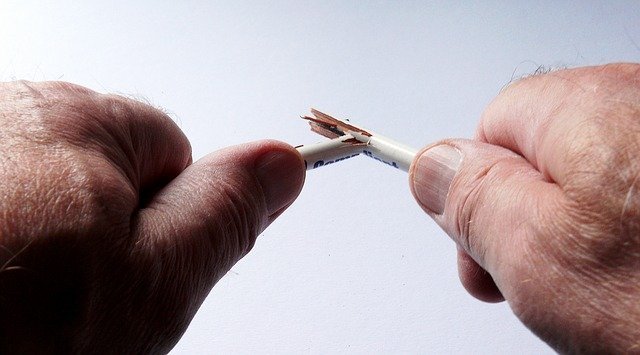Muscle & Joints
Click on a topic
- Acheing stiff joints
- Ankle sprain or pain
- Back pain exercises
- Back pain exercises (video clips)
- Elbows – Tennis Elbow
- Feet: gout – what can I do?
- Feet: plantar fasciitis exercises
- Hands – thumb pain
- Hips: sciatica
- Knee pain exercises (leaflet)
- Knees: my knees crunch – should I be worried?
- Knees: I’ve got patellofemoral pain syndrome (runner’s knee) – taping and exercises
- Neck pain exercises
- Osteoarthritis exercises (the ‘wear and tear’ type of arthritis)
- Physiotherapy video catalogue
- Shoulder pain or stiffness
- Sports – which sports are really bad for your joints?
- Should I do less as I am getting older?
More information

As we get older
For some people, their joints have a natural tendency to get stiffer and slightly worn out. This usually starts at around 45 ish but is most noticeable when in your 60s. If this happens to you, then the most important thing is to keep active. Gentle exercises like walking, swimming will help keep those joints well-oiled! More specific exercises, for example working on your quads for your legs – can make your muscles stronger which in turn can compensate for weaker joints and make you feel like you’ve got good joints again. And by the way, a lot of people, as they get older, don’t get any pains at all and enjoy a great life.
Work on that weight
One of the biggest things we can do to improve pain and stiffness in our joints is to work on our weight – especially those of you who know you have some pounds to lose. Think about your knees for a moment: those poor little knees which are about the size of your fist, have to put up with all that weight above it – your upper legs, bum, tummy, chest, shoulders and of course your heavy head! Yes, your little knees help carry all of that. And know imagine the extra weight from a big tummy, big bum and big thighs. So, reducing that weight load will have a massive impact on joint pains AND stiffness in the hips, knees or ankles.


Had an injury or strain?
Most injuries and strains need time to recover. For example, if you’ve been painting and decorating, then expect a bit of stiffness and aches. It can take 2-4 weeks to settle. If it goes beyond this, then come and see the doctor.
However, there are certain situations which give rise for concern and you should come and see the doctor within a week.
- knees: if you had a twisting injury to it, if it is red, hot and/or markedly swollen.
- hips: if all of a sudden you can’t walk, come and see the doctor.
- back pain: come and see the doctor if you have pain in the upper or middle part of the back (as opposed to the lower part) OR pain that goes down the legs, OR if you have noticed that your bladder or bowels have started to leak.
Exercises
If you go to see a doctor or physiotherapist, you may be given exercises to do if they feel you have a muscular problem where the muscles are weak and need strengthening. In fact, working on your muscles for various parts of your body is a good thing even if you don’t have any muscle or joint problems. Exercises help keep these problems away! However, for these exercises to work, you must do them regularly. For instance, you may be given some exercises to do for say tennis elbow. It is important to do them every day without fail for at least a month. Don’t just do them for a few days and give up – which is what a lot of people do and then class them as useless. Exercises have a really high chance of sorting out your problem but only if you do them. You should do around 5-10 repetitions of each exercises around 3 times a day. How do you decide on exactly how many sets and repititions? EASY – listen to your body. These exercises might cause you to go “oooh, i feel that” but should never result in “Ouch, that hurts like mad”. Carry on doing the exercises if all you are feeling is the “Oooohs”, but stop immediately if there are any “Ouches”. Always seek advice from your doctor or physio if you are unsure.


But have I broken it?
Generally, if you have broken something, you will be in excruciating pain and there will be marked swelling around the injured site. Most people wont even be able to hobble around if they have broken their hip, leg, knee, ankle or foot.
The difficulty comes with what we call hairline fractures – very fine little breaks that even x-rays sometimes find it hard to pick up. But one thing all breaks do – whether big or small – is to cause immense pain. If you have immense pain, come and see the doctor.
If you suspect someone may have broken their neck or back (for example, falling from a ladder), DO NOT MOVE THEM unless they are in great danger (and even then, try and keep their back and neck still). The best thing to do is a) keep yourself safe from danger, b) ring 999 for urgent advice and c) talk to the patient and keep them nice and calm and ask them not to move.
In Children...
Children get bumps and scrapes all the time and it is sometimes difficult to know whether something is serious or not. And of course, they are your precious little ones and we want to make sure nothing bad happens to them. The following features should give you a clue that your child needs to be seen by the doctor…
- A child that is obviously in a lot of pain
- A child that is limping
- A child that is holding or protecting their joint (like protecting their elbow, or refusing to walk)
- Any child with a red, hot or swollen joint
- Any child that simply does not look well

